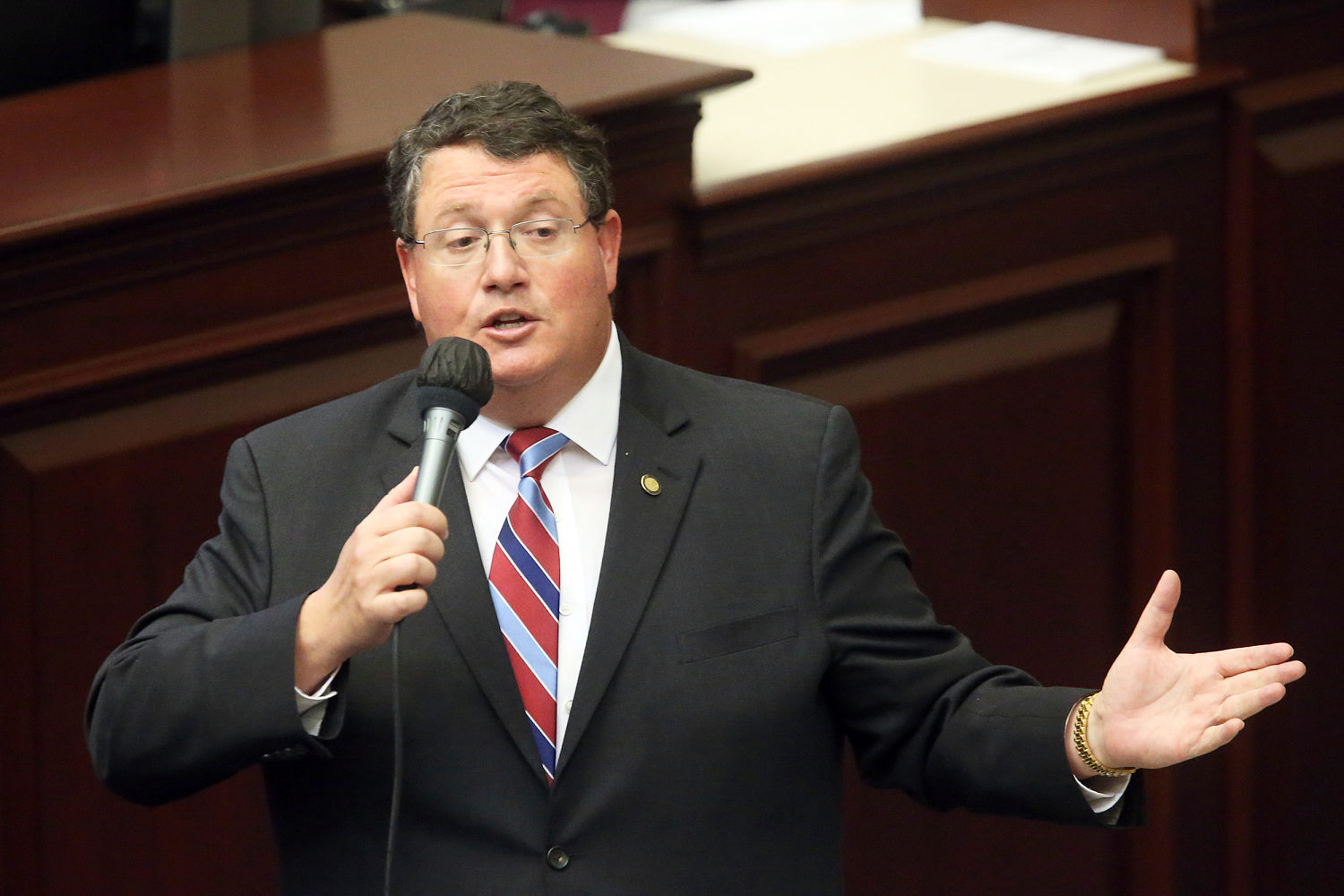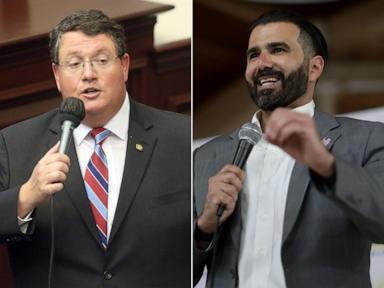Democrats on Tuesday scored a win in Wisconsin’s Supreme Court race, while Republicans held on to two seats in deep-red Florida districts, raising questions about what the results mean as both parties look ahead to next year’s midterms.
While off-year special elections don’t see the same turnout as a general election, Democrats say President Trump and Elon Musk are proving to be turnout machines for their liberal base. Some Republicans have brushed off the results, however, noting that their voters tend not to turn out in full force when Trump isn’t on the ballot.
Still, the results have given Democrats a much-needed shot in the arm as they look toward both the Virginia governor’s race in November and next year’s midterms, when historically the party in power loses seats in Congress.
“Republicans everywhere can no longer deny the toxicity of Trump 2.0,” Democratic National Committee Chair Ken Martin told reporters on Wednesday, predicting a possible “blue wave” in 2026.
Florida state Democratic Party Chair Nikki Fried added that Tuesday’s results should “send shivers” down the spines of every Republican running in a district who won by 15 points.
But Republicans aren’t as convinced Tuesday’s results provide insight into next year’s midterms.
“I think what it shows is that unless you have a turnout comparable to a presidential election, the Republicans in Wisconsin are at a disadvantage,” said Mark Graul, a Republican strategist who was President George W. Bush’s Wisconsin director for his 2004 reelection.
Graul cautioned against reading too much into what the Wisconsin election results could mean for either party as a unique off-cycle spring election.
“If you look back in Wisconsin history, these April elections are almost never predictors of the future,” he said.
Kyle Kondik, managing editor of Sabato’s Crystal Ball at the University of Virginia Center of Politics, too, suggested of the Florida and Wisconsin elections that he didn’t “necessarily know if this is predictive of anything,” but the results showed similar signs of Democrats’ performance right after the 2016 election.
Voters headed to the polls in Wisconsin and Florida to weigh in on multiple special elections. In the Sunshine State, Republican candidates Jimmy Patronis and Randy Fine easily won their races to fill vacancies in Florida’s 1st and 6th congressional districts, respectively.
One of the biggest surprises of the night was that Florida’s 1st Congressional District was just as competitive as the closely watched race in the 6th District.
Both Fine and Patronis won their districts by roughly 14 points, underperforming Trump in November’s general election. And Democrat Gay Valimont notably flipped the 1st District’s Escambia County, winning it by just more than 3 points. Trump, in contrast, won that county by nearly 20 points five months ago.
Strategists note Democrats’ high-propensity voters turned out in greater numbers, while lower-propensity GOP voters stayed home. Trump has seen massive success in general elections by targeting low-propensity voters, who tend to be less educated and come from lower income brackets.
In 2023, the 1st Congressional District had a poverty rate of 11.3 percent, while the median household income was $75,000 a year. In comparison, the 6th Congressional District had a 14.1 percent poverty rate and a median household income of $61,000 in 2023.
“Right now, the Democrats almost have a monopoly on college-educated ...













